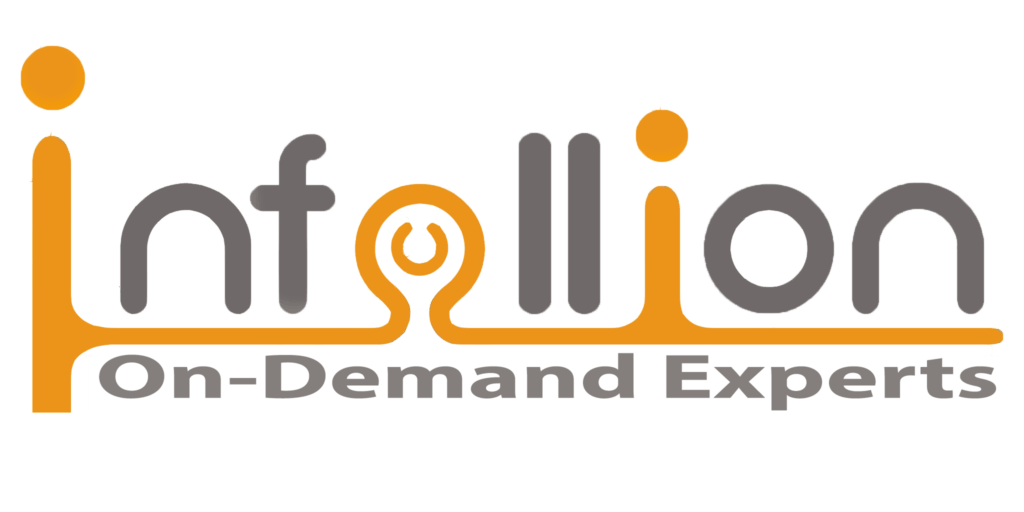Curriculum
- 4 Sections
- 13 Lessons
- 1 Day
Expand all sectionsCollapse all sections
- Green Supply Chains & Circular Economy — What They Really Mean5
- 1.1Green vs. traditional supply chains: from cost focus to footprint + value focus
- 1.2Circular economy principles: design out waste, keep materials in use, regenerate natural systems
- 1.3Supply chain touchpoints for circularity: raw material, production, distribution, end-of-life
- 1.4LCA (Life Cycle Assessment), Cradle-to-Cradle, Closed Loop, Scope 3, Zero Waste, ZDHC, CBAM, BRSR
- 1.5Example: A mill shifting from linear supply to closed-loop dyehouse
- Where Textile Supply Chains Fail on Sustainability3
- 2.1Pain points: Water, energy, chemical intensity Fabric/trim waste, overproduction, deadstock Low traceability → high Scope 3 risk End-of-life garments → landfill overflow
- 2.2Activity: Map supply chain’s key environmental hotspots
- 2.3Case: Indian exporter struggling with water compliance despite green certifications
- Global & Indian Circular Supply Chain Playbooks3
- 3.1Global models: Levi’s water<less™ finishing + takeback programs H&M’s circular design + recycling trials IKEA’s sustainable cotton supply chain
- 3.2India context: Domestic brands using upcycled deadstock Exporters integrating ZLD (zero liquid discharge), solar, waste heat recovery
- 3.3Simulation: Meet a global buyer’s circular supply chain requirements within 12 months. Identify supply chain gaps; Build a 3-pillar green supply chain plan
- From Green Intentions to Action2

